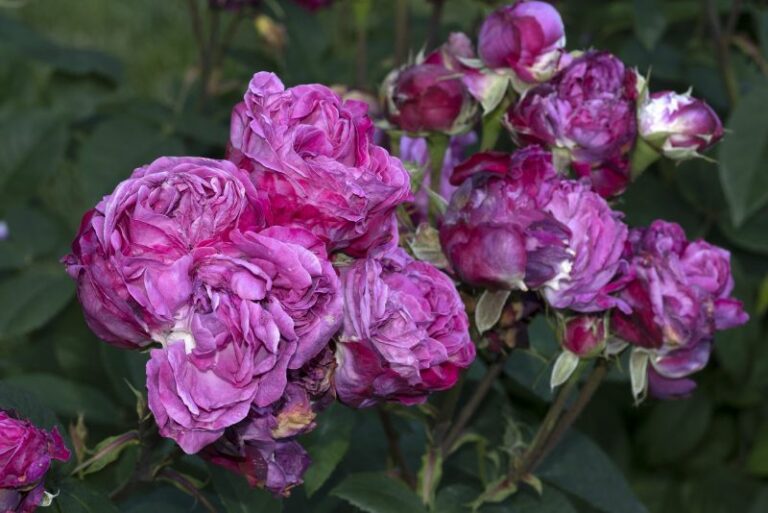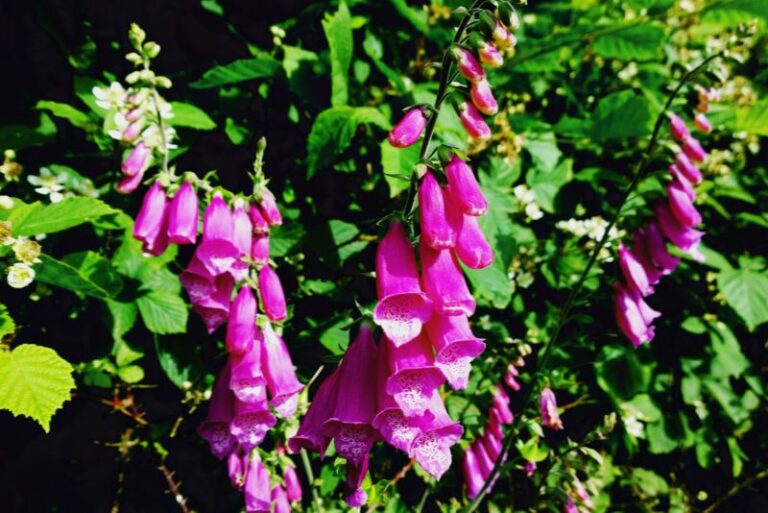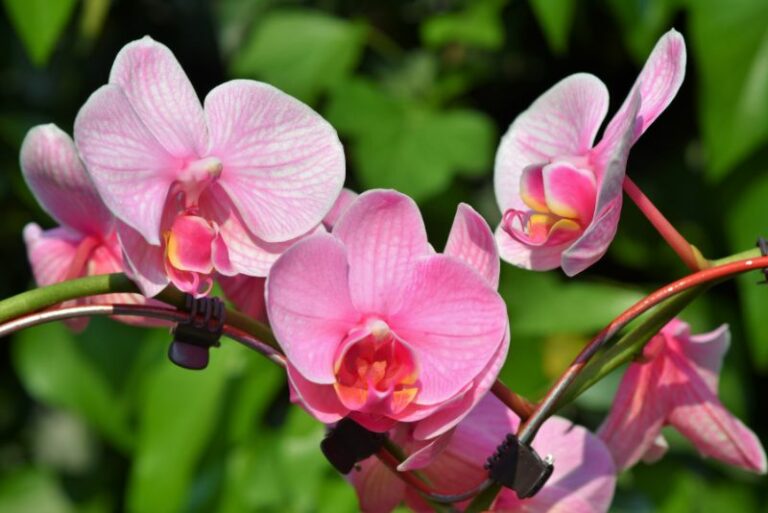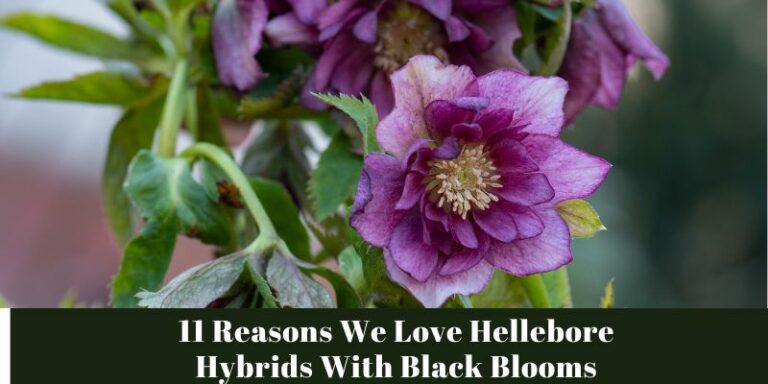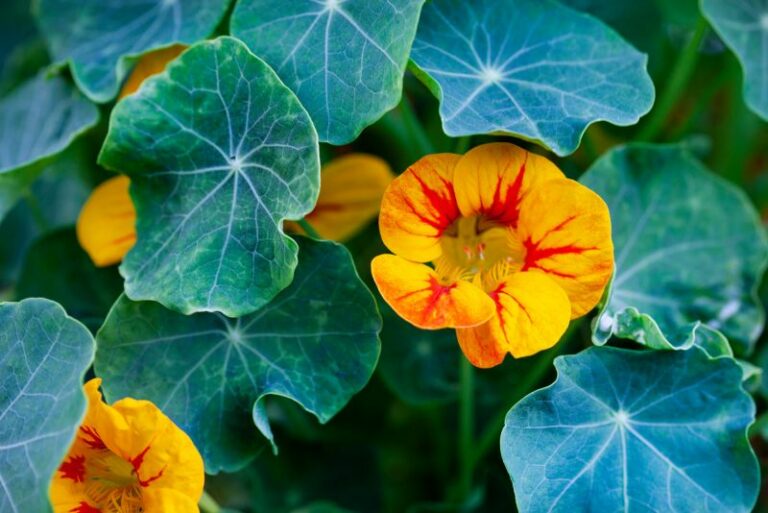How to Grow and Care for Torenia (Wishbone) Flowers
Torenia Fournieri, commonly known as Wishbone Flowers or Torenia, are a gardeners’ delight, appreciated for their vivid colors and the joy they bring to cultivated landscapes. In this comprehensive guide, novice and experienced gardeners alike will learn how to nurture these charming blooms to their fullest potential. From understanding the essential conditions for Torenia’s growth to identifying and solving common issues, this guide will help you cultivate a stunning Torenia display.
Torenias are tender perennials that are typically grown in gardens as annuals. They are native to tropical and subtropical regions and are loved for their trumpet-shaped, two-lipped, colorful flowers that can brighten up any shaded area. The name ‘Wishbone’ comes from the stamens that are in the shape of a wishbone. These cheerful plants belong to the Linderniaceae family and thrive in warm, shady conditions.
Benefits of Torenia Flowers

Aesthetics
Torenia flowers come in a range of cool-colored shades like blues, purples, and whites, making them especially valuable for adding a splash of complementary and calming hues in contrast to the typical warm-colored garden favorites. Their low-spreading habit allows them to beautifully carpet shaded areas beneath taller plants.
Low Maintenance
Once established, Torenia flowers are fairly undemanding, requiring minimal care compared to other popular garden flowers. With the right conditions, they can grow and bloom quite vigorously, rewarding the gardener with a low-effort, high-reward plant.
Versatility
Torenias can be grown as both bedding and hanging basket plants. Their compact size, reaching 8 to 10 inches in height, makes them a perfect border or edging plant too. Their versatility is further showcased by their adaptability to both partial and full shade, although they prefer the former, which is often hard to find in flowering annuals.
Growing Torenia Flowers
Soil Requirements
Torenias thrive in well-drained, moist soil with organic content. They are not overly particular about their pH level, but a slightly acidic to neutral pH promotes optimal growth. A soil mix that retains moisture without being waterlogged will ensure a healthy environment for your Torenias to flourish.
Sunlight
Despite their preference for shade, Torenias do need some sunlight to bloom. In ideal situations, they are grown in areas with bright, indirect light to dappled shade. Too little light will result in leggy, weak growth with fewer blooms, while too much direct sun can lead to wilting and sunburned blooms.
Watering Schedule
Regular watering is crucial for Torenias, and the soil should never be allowed to dry out completely. A weekly deep watering, or more often in particularly hot or dry conditions, is necessary to maintain the soil’s moisture levels. Applying water to the base of the plant can help prevent leaf and stem diseases.
Caring for Torenia Flowers
Pruning
Regular deadheading of spent flowers encourages Torenias to produce new blooms, prolonging the colorful display. It’s best to do this in the morning when the plants are turgid from overnight water intake. A gentle pinch or snip just below the spent flower will suffice, promoting more robust and continuous blooming.
Fertilizing
Torenia flowers benefit from light applications of a balanced, slow-release fertilizer. Apply a granular fertilizer at planting and then follow up with a liquid fertilizer every month during the growing season to maintain a nutrient-rich soil profile. Always water the plants before and after fertilizing to avoid root burn.
Pest Management
Torenia flowers are generally resistant to pests, but in moist conditions, they can be susceptible to fungal issues. Good air circulation and avoiding overhead watering can prevent such problems. If encountered, common insecticidal soaps or neem oil can be used for eco-friendly pest management.
Seasonal Considerations
Tailoring Care to Seasons
In the spring, focus on planting Torenia flowers with care concentrated on establishing roots and encouraging early growth. In the summer, the priority should be maintaining moisture levels and ensuring the plants are comfortable in their shaded environment. Fall tasks include deadheading and reducing feeding as the plants slow their growth in preparation for winter. Lastly, in the winter, protect plants from frost and overwatering.
Adapting to Seasonal Changes
Monitor your Torenias closely as the seasons change. Adjusting watering schedules, especially during periods of drought or excessive rainfall, is critical to accommodate the varying needs of the plants. Additionally, cutting back on fertilizer as temperatures drop can help prevent excessive growth that may become susceptible to frost damage.
Troubleshooting Common Issues
Yellowing Leaves
Yellow leaves are often a sign of overwatering or insufficient sunlight. Ensure that your Torenia is getting the correct amount of light and adjust watering schedules accordingly, allowing the top layer of soil to dry out slightly before the next watering session.
Wilting
Wilting can be due to excessive heat or underwatering, with the latter being the more common cause. Check the soil’s moisture level and, if it’s dry, water the plants thoroughly. In severe cases, wilting can also be a sign of a root disease, so inspect the roots carefully for any signs of damage.
Pests
Common garden pests such as aphids, spider mites, and slugs can occasionally trouble Torenia flowers. Regular inspection and quick intervention through natural or chemical means can keep infestations under control. Always choose a pest control method that causes minimal harm to beneficial insects and the environment.
Conclusion
Torenia flowers are a delightful addition to any garden with their vibrant blossoms, low-maintenance care, and flexible growing options. Patiently tending to the needs of your Torenias will be rewarded with a lively and enduring garden display. With the tips and insights provided in this guide, you are equipped to create a thriving garden adorned with the charm of Wishbone flowers.ratulations on your gardening endeavor, and may your Torenias bloom brighter with each passing season!


